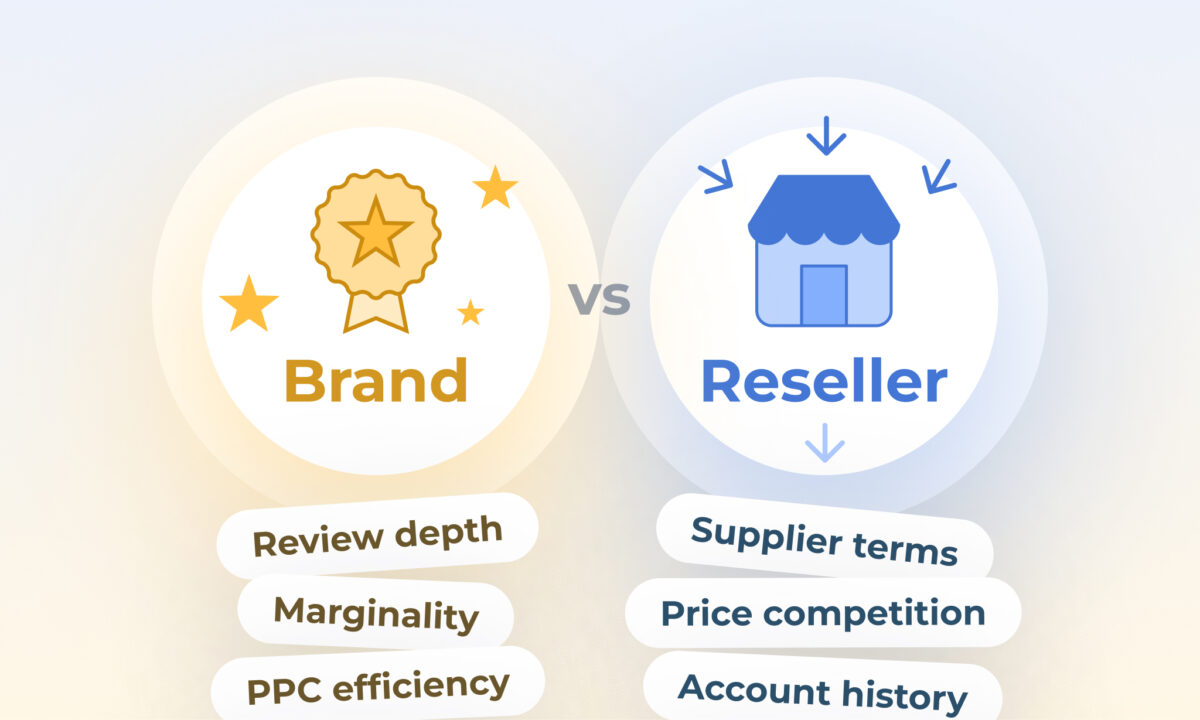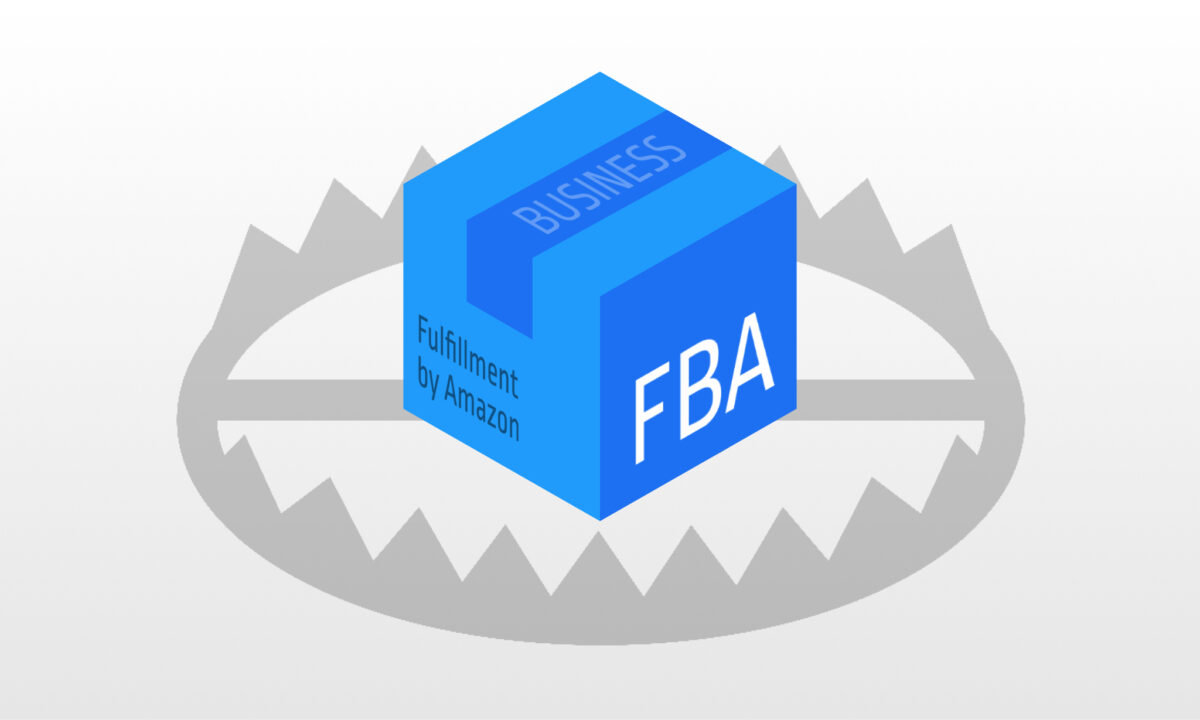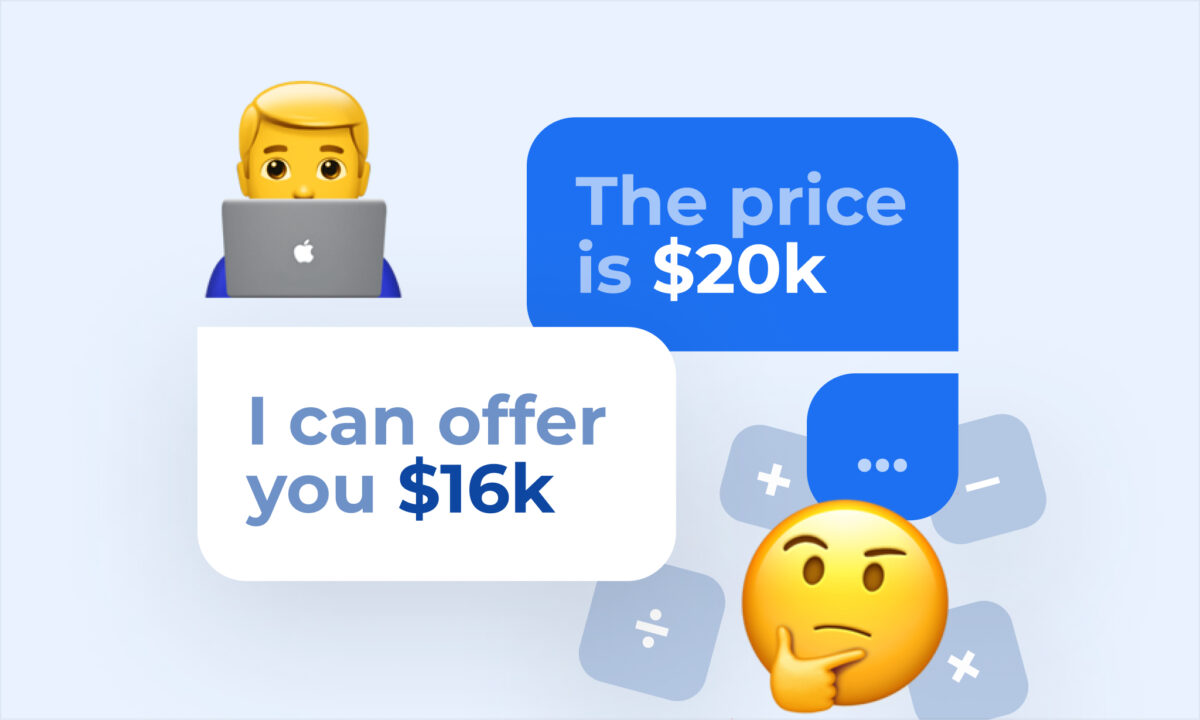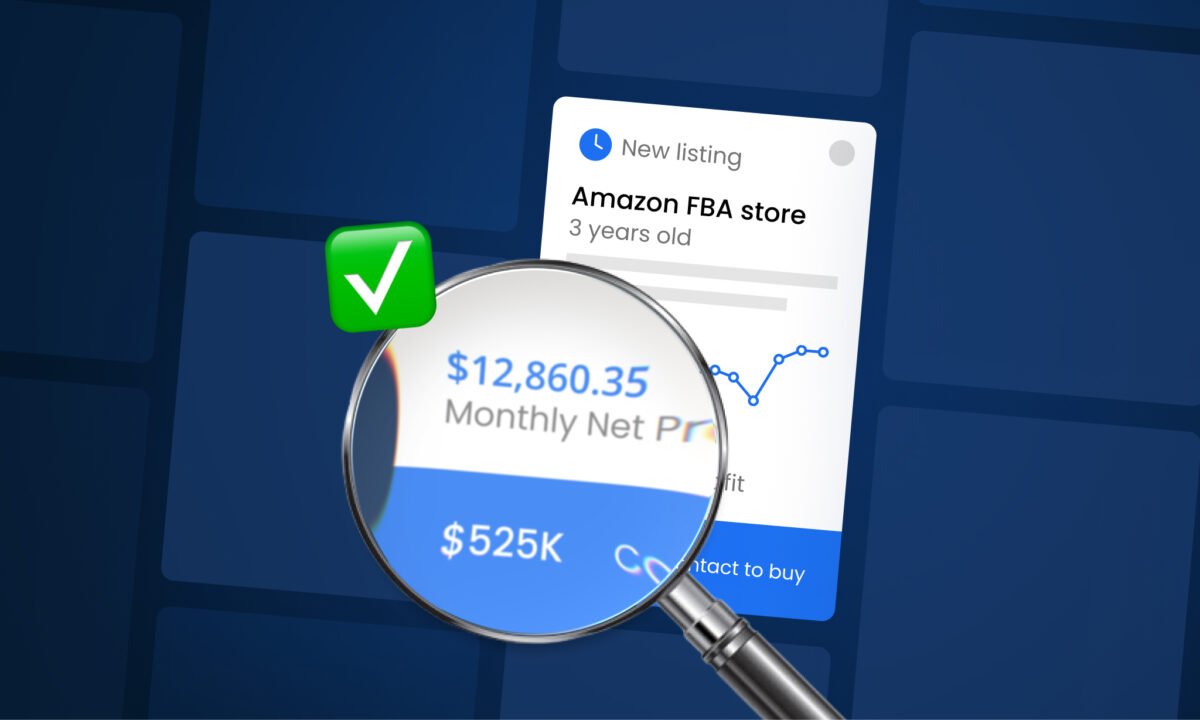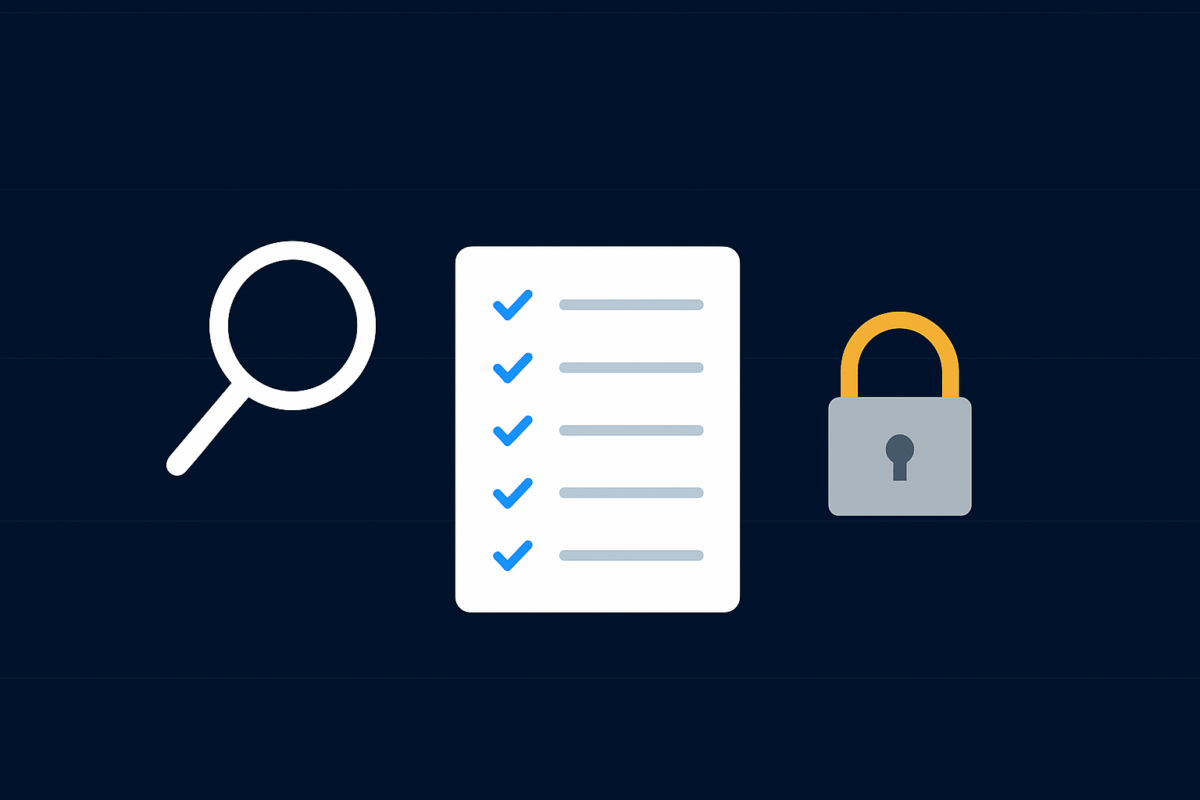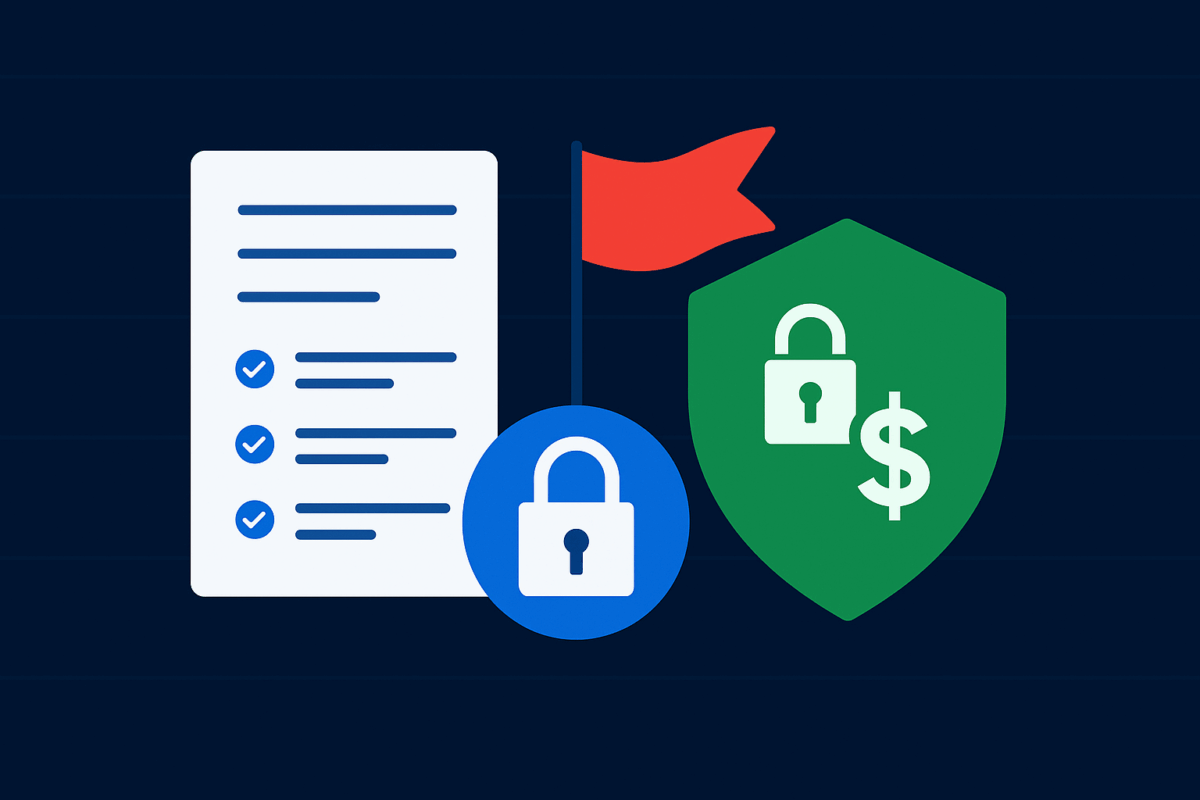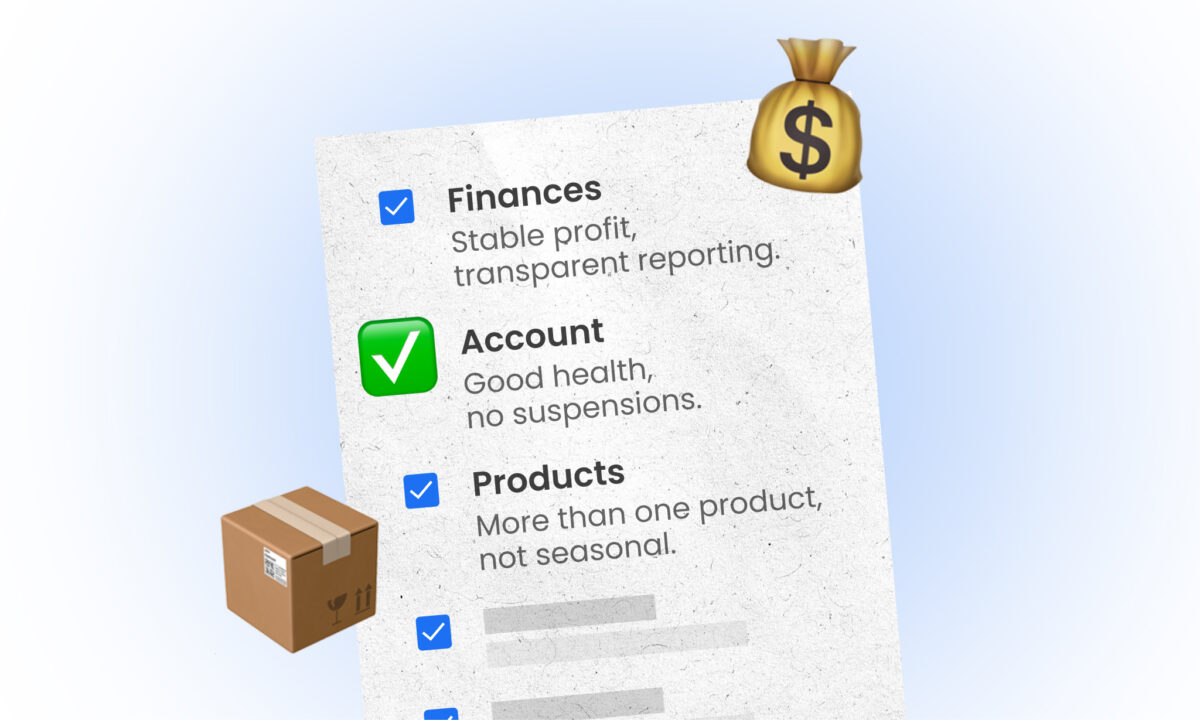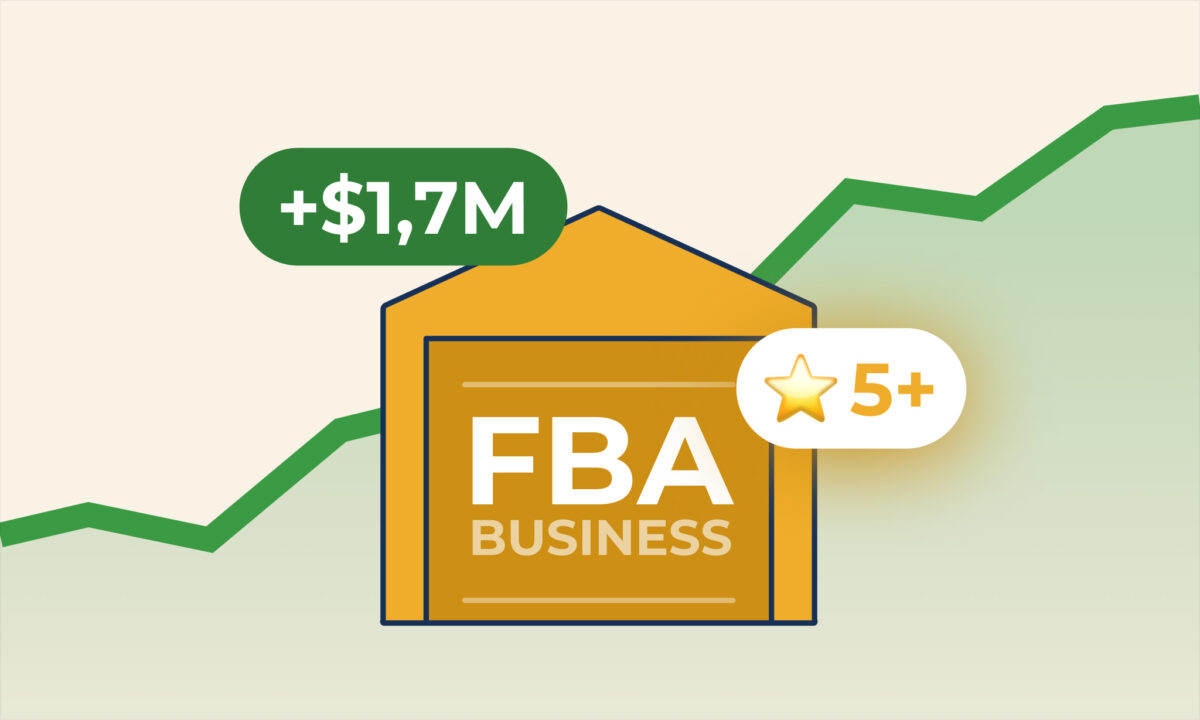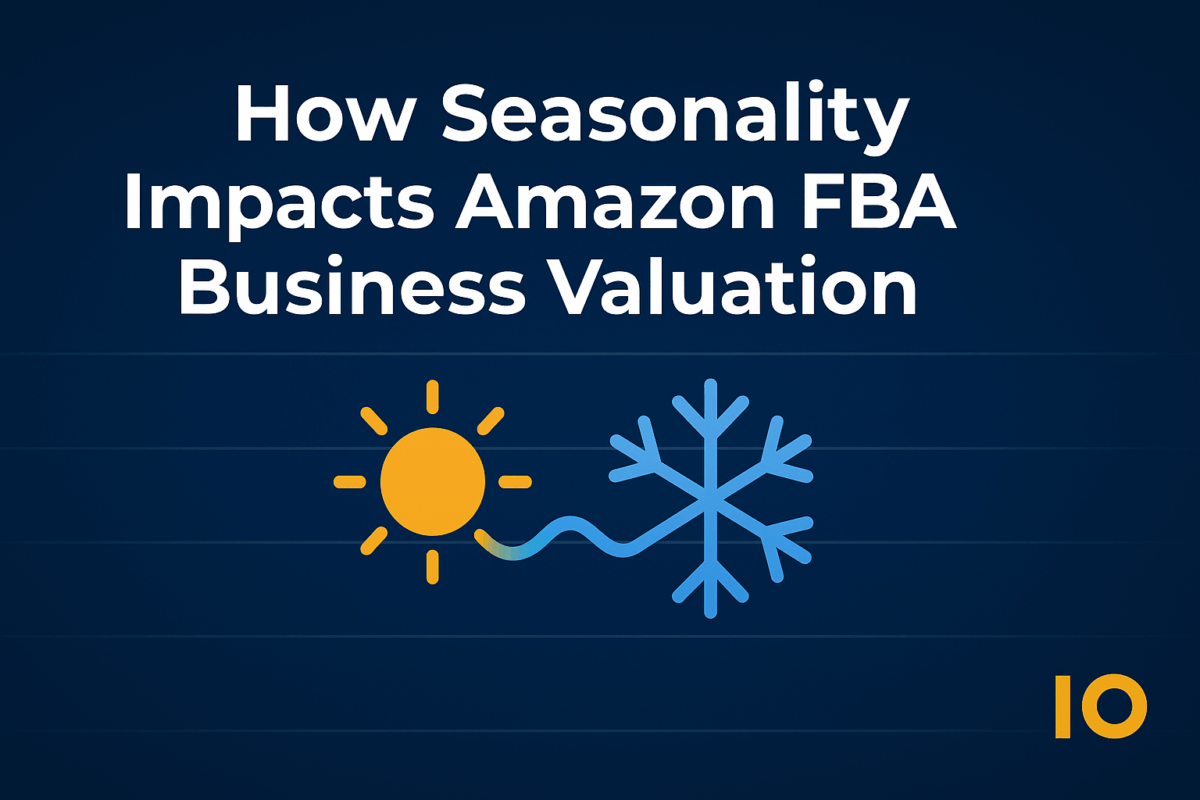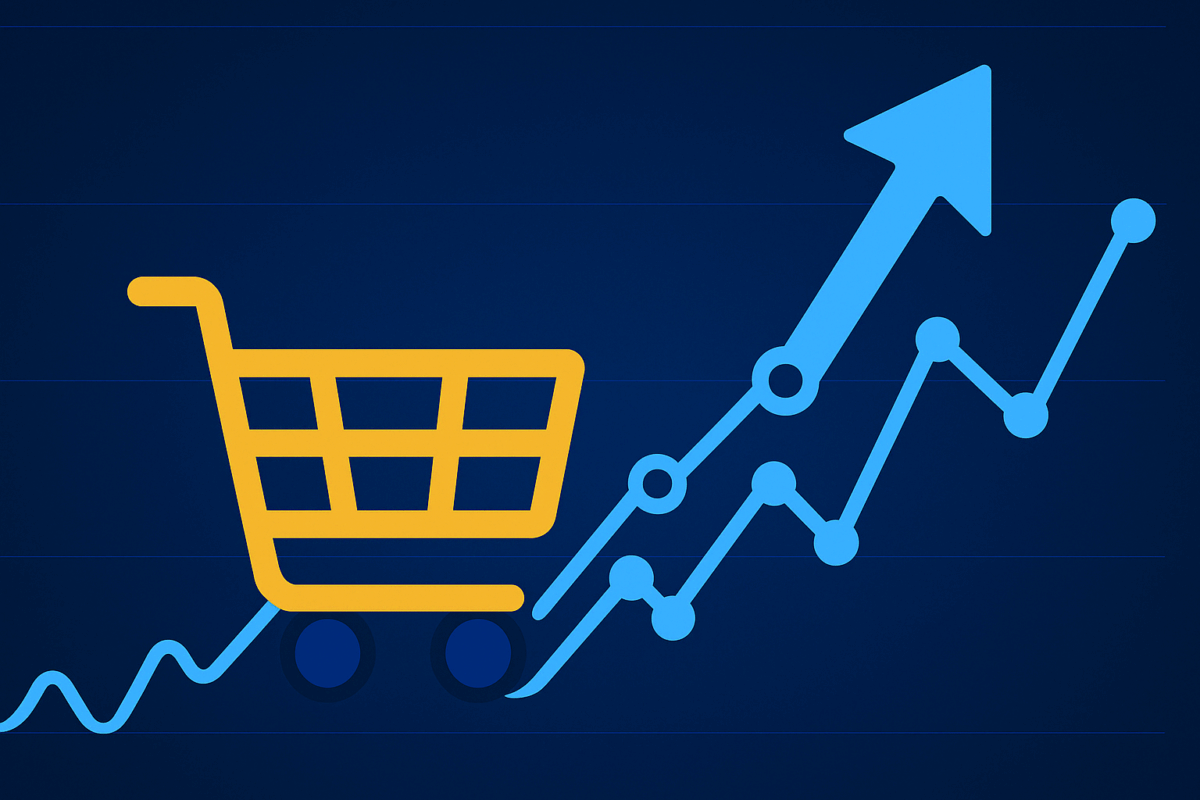Not all Amazon FBA models are created equal. Two of the most common—brand (private label/DTC) and reseller (wholesale/arbitrage)—can both be profitable, but they differ sharply in valuation, risk, and long-term potential. Here’s a neutral, buyer-and-seller friendly breakdown to help you decide which model fits your goals.
Quick definitions
Brand (private label/DTC)
- You sell products under your own trademarked brand.
- Control: product design/spec, pricing, packaging, listing content, brand story.
- Assets: trademark, differentiated listings, accumulated reviews, creative/IP.
Reseller (wholesale/arbitrage)
- You sell other brands’ products sourced from distributors, brands, or retail.
- Control: limited to pricing/stock; you share listings with other sellers.
- Assets: supplier relationships, ungated categories, operational know-how.
How buyers value each model
What drives multiples (SDE/EBITDA)?
- Defensibility (moats, IP, exclusive supply, review depth)
- Growth potential (new SKUs, channel expansion, international)
- Durability of earnings (customer loyalty, repeat rate, margin resilience)
- Operational risk (single points of failure, supplier concentration)
Typical outcomes (directional, not promises):
- Brand: higher multiples due to unique assets (trademark, “review moat,” differentiated product line) and clearer paths to scale (new SKUs, DTC/Walmart/EU).
- Reseller: lower multiples because earnings depend on access to others’ products, price competition, and supplier policies. Exceptions exist where exclusives or long-term contracts are in place.
Head-to-head comparison
1) Defensibility & customer loyalty
- Brand: Reviews, brand story, packaging, and product differentiation create a moat; Brand Registry tools help protect listings. Loyal customers can follow new launches.
- Reseller: Loyalty accrues to the product’s brand, not the seller. Competition is mainly on price and availability; moats are rare without exclusives.
2) Scalability
- Brand: Add variations, adjacent SKUs, new channels (Shopify, Walmart, EU/UK). Marketing and ops compound over time.
- Reseller: Scale requires more SKUs/suppliers and constant sourcing. Growth can hit ceilings if access tightens or prices compress.
3) Margins & unit economics
- Brand: Typically higher gross margins with pricing power—tempered by PPC and launch costs. Mature products can support strong net margins.
- Reseller: Thinner spreads after Amazon fees and competition. Efficiency, buying power, and smart catalog curation matter most.
4) Supply-chain control
- Brand: Direct manufacturer relationships, QC standards, ability to dual-source; more control, but also more responsibility.
- Reseller: Dependence on brands/distributors’ policies and stock; risk of losing access or facing brand-direct competition.
5) Risk profile
- Brand: Product launch risk, category shifts, inventory capital needs, IP disputes. When it works, value compounds.
- Reseller: Supplier dependency, price wars, account/brand policy takedowns, unsold stock. Cash-flow friendly, equity value lighter.
Who tends to buy what?
- Growth/strategic buyers, micro-PE, experienced operators → gravitate to brands (moats, levers to scale, multi-channel upside).
- Individual operators, wholesale specialists, lower-budget buyers → consider resellers (faster cash flow, operational plays), often at discounted multiples unless exclusivity exists.
If you’re selling
Brand sellers:
- Tighten financials (TTM P&L, add-backs, SKU contribution margins).
- Document supply chain, QC, and SOPs; show review growth and repeat rate.
- Reduce single-SKU concentration; outline a clear roadmap (new SKUs, channels).
- Prepare a clean handover plan (account health, IP, trademarks, packaging files).
Reseller sellers:
- Highlight durable supplier relationships and any exclusives/MAP protections.
- Show buy-box win rates, repricing rules, and defensible catalog niches.
- Diversify suppliers/SKUs to reduce concentration risk.
- Systematize sourcing and prep SOPs to make the business transferable.
If you’re buying
Evaluating a brand:
- Review moat depth vs. nearest competitors; organic vs. paid sales mix.
- Inspect contribution margins by SKU and PPC efficiency.
- Check IP (trademarks, design/patent status) and listing history.
- Stress-test supply continuity, lead times, and working-capital needs.
Evaluating a reseller:
- Verify supplier terms, stability, and transferability; seek exclusives.
- Analyze price compression risk and minimum viable margin after fees.
- Check account health/IP complaint history and ASIN concentration.
- Model inventory turns, cash cycles, and reorder constraints.
Which is “more valuable”?
- On average: Brands command higher valuations thanks to unique assets, review moats, loyalty, and scalable growth levers.
- But: A reseller with true exclusivity, disciplined buying, and diversified supply can be a solid cash-flow acquisition—just priced accordingly.
- Your decision: If your goal is equity value and a premium exit, build/buy a brand. If your goal is steady cash flow with lighter product risk, a reseller can fit—optimize for supplier quality and operational excellence.
How exit.io helps
- For sellers: List your FBA business, sync performance data via your sellerboard account, and present a transparent, organized profile to serious buyers.
- For buyers: Explore brand and reseller listings with clear performance context, request NDA access for sensitive details, and negotiate directly with sellers on the platform.
Disclaimer
exit.io is a platform that connects buyers and sellers of Amazon businesses. This article is for informational purposes only and does not constitute financial or business advice.
